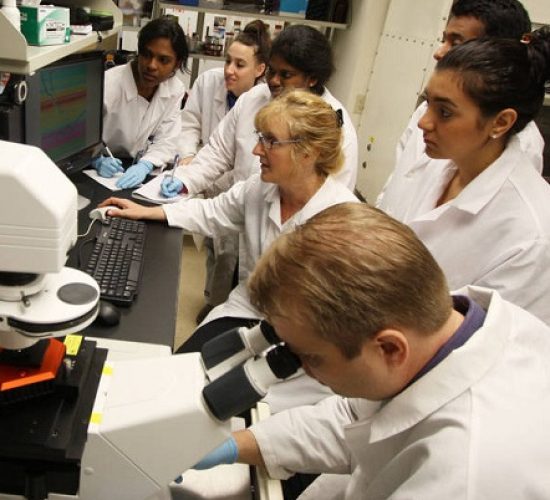Welcome to our latest blog post, where we discuss an insightful interview with Professor Eva Sapi, a renowned expert in Lyme disease research. In this post, we explore her journey, groundbreaking discoveries, and the connections between Lyme disease and cancer. This interview provides valuable information for anyone affected by Lyme disease or interested in understanding the complexities of this misunderstood illness. So, let’s dive in and learn from the Lyme Rebel herself.
Professor Eva Sapi’s Background and Journey
Originally from Hungary, Professor Eva Sapi received her Ph.D. in genetics before joining Yale University as a postdoctoral researcher. After 15 years of cancer research, she transitioned to a teaching position at the University of New Haven. Unfortunately, she contracted Lyme disease while hiking, which led her to shift her research focus to understanding the complexities of Lyme disease.
Discoveries and Breakthroughs
Professor Sapi’s research has been revolutionary in the Lyme disease community, with several key discoveries that have changed the way we understand and approach the illness:
- Polymicrobial Infections: Professor Sapi discovered that ticks can transmit more than one bacteria into a person’s system, revealing that Lyme disease is a polymicrobial infection.
- Shape-shifting Bacteria: She demonstrated that the Lyme bacteria, Borrelia burgdorferi, can change its shape and enter a cystic form, making it difficult for the immune system to recognize and eliminate it.
- Biofilm Formation: Professor Sapi found that the Lyme bacteria can join with other bacteria in the body to form biofilms, providing collective protection from the immune system.
Lyme Disease and Cancer
In recent years, Professor Sapi has been investigating the potential connection between Lyme disease and various forms of cancer. Her research has revealed the presence of Borrelia burgdorferi in breast, ovarian, and endometrial cancer tissues, suggesting a possible link between Lyme disease and these cancers.
The Role of Genetics and Environmental Factors
Professor Sapi also emphasizes the importance of understanding the interplay between genetics and environmental factors, such as infections like Lyme disease, in the development of conditions like autoimmune diseases and cancer.
Hope Through Research
Despite the challenges and potential risks associated with Lyme disease, Professor Sapi’s research offers hope for more effective treatments and prevention strategies. Her work on biofilms and alternative treatments, such as Stevia and bee venom therapy (BVT), has shown promising results in combating Lyme disease.
Professor Eva Sapi’s groundbreaking research on Lyme disease has provided invaluable insights into the complexities of the illness, the connections with cancer, and potential treatment options. Her determination to uncover the mysteries of Lyme disease serves as an inspiration for all those affected by it and the scientific community as a whole. As we continue to learn from the Lyme Rebel, we gain a better understanding of this often misunderstood disease and the hope for a brighter future in its treatment and prevention.






